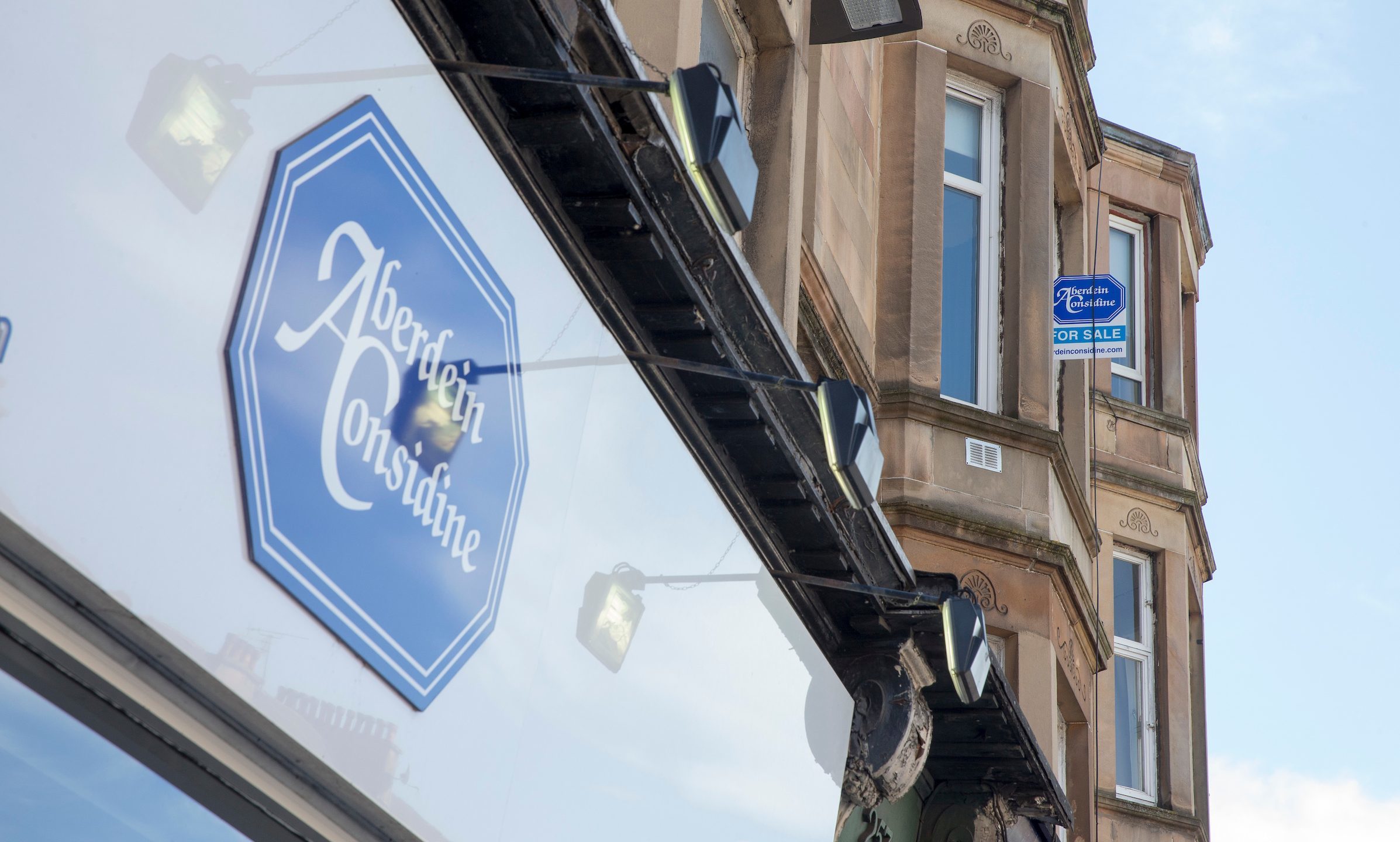Property prices in Perth and Kinross have rocketed to nearly four times the national average, a new study has revealed.
The cost of a home in the region rose by almost 10% during the second quarter of the year, according to research carried out by Aberdein Considine.
The increase is the biggest of any city in Scotland and well in excess of the 2.6% growth seen across the country as a whole.
Prices in Fife and Dundee have also risen by 4.2% and 5.5% in the same period, while Angus has seen a 1% drop.
The estate and letting agent’s Property Monitor report puts the average Perth and Kinross property price at £194,653 – up by almost £17,500 on the same period last year.
Laura Considine, a partner in the firm, said the bulk of the activity was taking place in the £150,000 to £325,000 price bracket.
“The active first-time buyer market has created a ripple effect in other areas of Perth and Perthshire,” she said.
“Sales up to £130,000 lead to sellers of those properties looking to purchase between £150,000 and £325,000 – the main Perth market where the majority of buying and selling activity currently takes place.
“We have seen a surge in viewing demand and sales in the middle band over the last few months, with areas such as Scone, Oakbank and Craigie proving particularly popular.”
The average price of a home in Scotland now stands at £161,815. Across the country, sales also rose by 1.8% to 26,526 transactions.
With an average price of £249,353, East Renfrewshire has overtaken Edinburgh as the most expensive place in Scotland to buy a home.
Dundee saw its average property price rise from £126,343 to £133,312 (17.6% below the Scottish average), with the value of homes in Fife going from £144,561 last year to £150,597.
Prices in Angus are almost 2% below the Scottish average, dropping from £180,482 in 2016 to £158,900.
Scotland’s Property Monitor – which includes market research carried out by independent pollsters – also reveals growing concern about the Scottish Government’s Land and Buildings Transaction Tax (LBTT).
Seven out of 10 homeowners surveyed said they believed the tax – which surveyors say has caused a bottleneck at the top end of the market – was unfair.
Aberdein Considine has called for Finance Secretary Derek McKay to raise the upper limit of the 5% band from £325,000 to £500,000. Transactions in this bracket are currently taxed at 10%.
Ms Considine added: “These survey results are not surprising as, given the choice, few people would welcome being taxed for moving home. That said, seven out of ten people believing the system is not fair sends a robust message to the Scottish Government.”
A Scottish Government spokesman previously defended the new tax. “Our priority for the LBTT is helping first-time buyers enter the property market and assisting people as they progress through the market,” he said.
